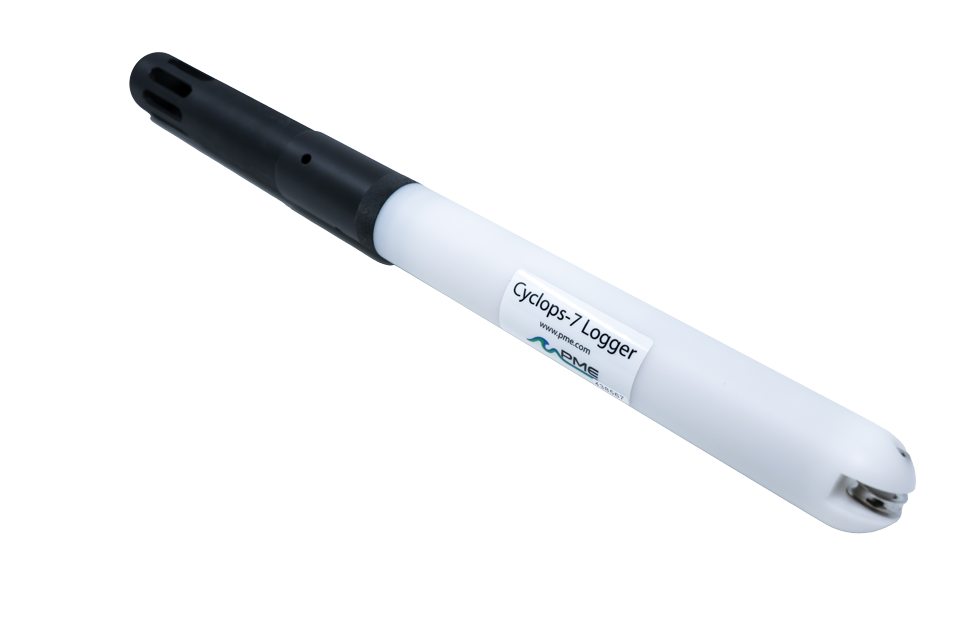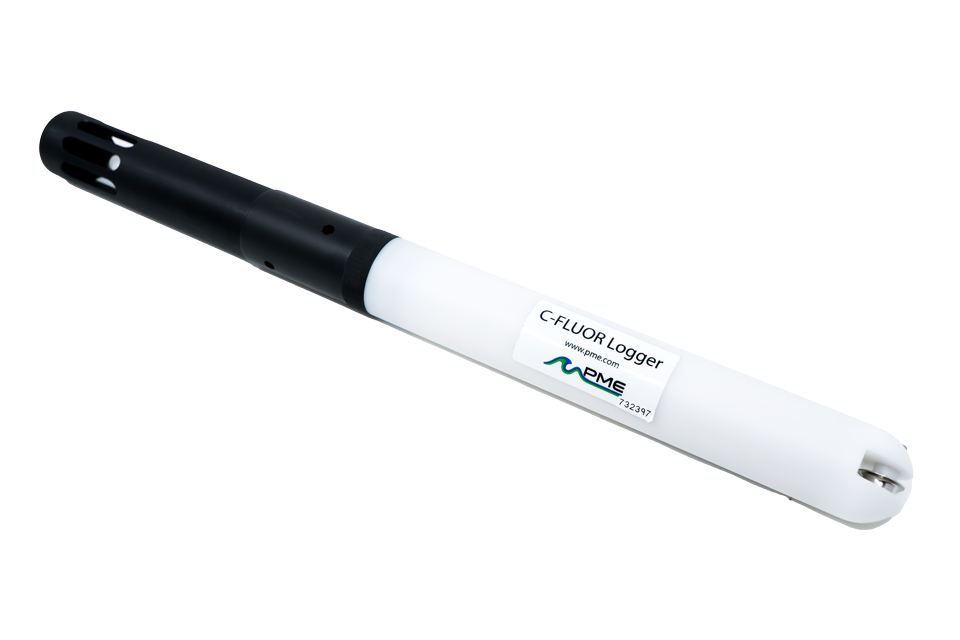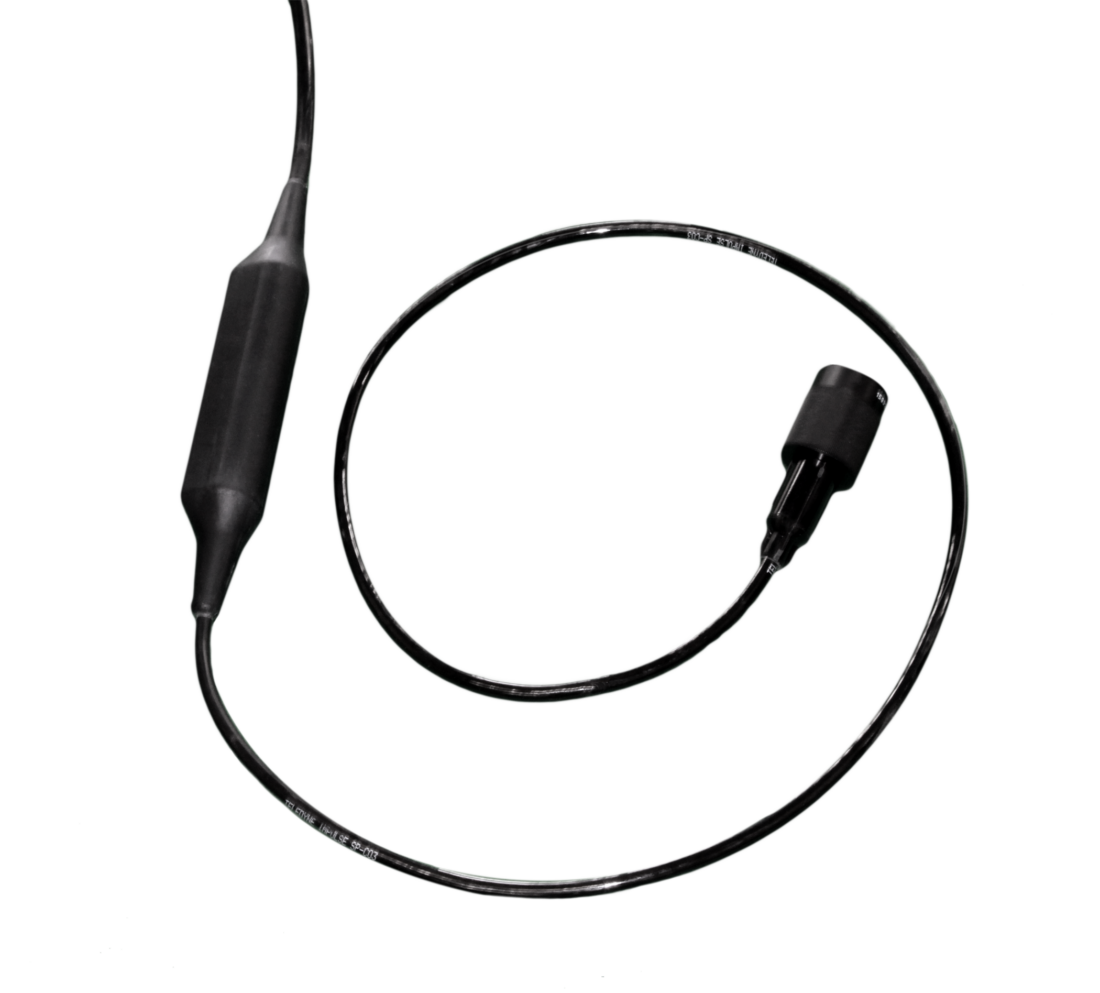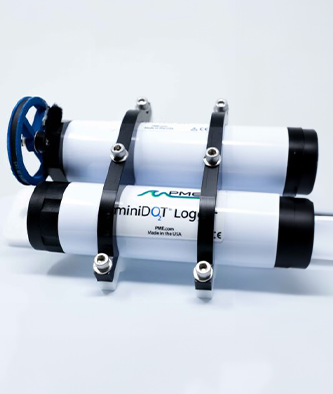Water Quality Parameters
CDOM/FDOM
What are Colored & Fluorescent Dissolved Organic Material (CDOM/FDOM)?
While dissolved organic matter (DOM) has been described as ubiquitous throughout aquatic ecosystems, not all DOM is identical. Generally speaking, DOM concentrations are a common point of interest for researchers because the presence (or absence) of nutrients in water can shape or determine the outcome of a water body’s essential biological and chemical processes. These nutrients commonly include dissolved organic carbon, nitrogen, phosphorus and sulfur, with precise ratios liable to change depending on a water system’s setting and surroundings.
Chromophoric or Colored Dissolved Organic Matter (CDOM) refers specifically to the dissolved nitrogen and sulfur which absorbs short wavelength lights. While CDOM is better known for its ability to absorb blue light and UV rays, a small percentage of CDOM actually fluoresces. This small fluorescent percentage is FDOM.
Why Measure CDOM & FDOM in Water?
At 100 to 380 nm (nanometers), UV light falls short of the Photosynthetically Active Radiation (PAR) threshold of 400-700 nm; however, this does not mean it is not valuable for aquatic vegetation. Certain UV rays stimulate essential growth in vegetation, but it does not penetrate water quite as well as blue light. Registering between 450-490 nm, blue light wavelengths fall well within the essential PAR range to fuel photosynthesis in deeper aquatic vegetation.
CDOM is present in saltwater and freshwater systems, but it is particularly common in nutrient-rich systems like forested watersheds or wetlands. FDOM is a valuable parameter of measurement because its distinct relationship to CDOM offers researchers a proxy for CDOM and nutrient measurement. Because of its propensity for absorbing UV and blue light, an overabundance of CDOM/FDOM can severely limit aquatic photosynthesis, sparking vegetative death and decomposition and sapping water systems of dissolved oxygen (DO). In sufficient quantities, CDOM/FDOM may also impact rates of air-gas exchange, influence water surface temperatures and disrupt the production of drinking water.
How are CDOM & FDOM Measured?
While CDOM can be measured in a variety of ways, the fluorescence methods popular in fieldwork are viable in part due to the fluorescent nature of FDOM. Spectrophotometers can gauge light intensity within a spectrum; however, these are often not viable for in-field operations. PME’s C-FLUOR Loggers, Cyclops-7 Loggers and T-Chain use Turner Design sensors that rely on fluorescence to monitor CDOM/FDOM concentrations over a linear range.
PME Products Measuring CDOM/FDOM

Fixed Cyclops-7

Interchangeable Cyclops-7

Interchangeable C-FLUOR





